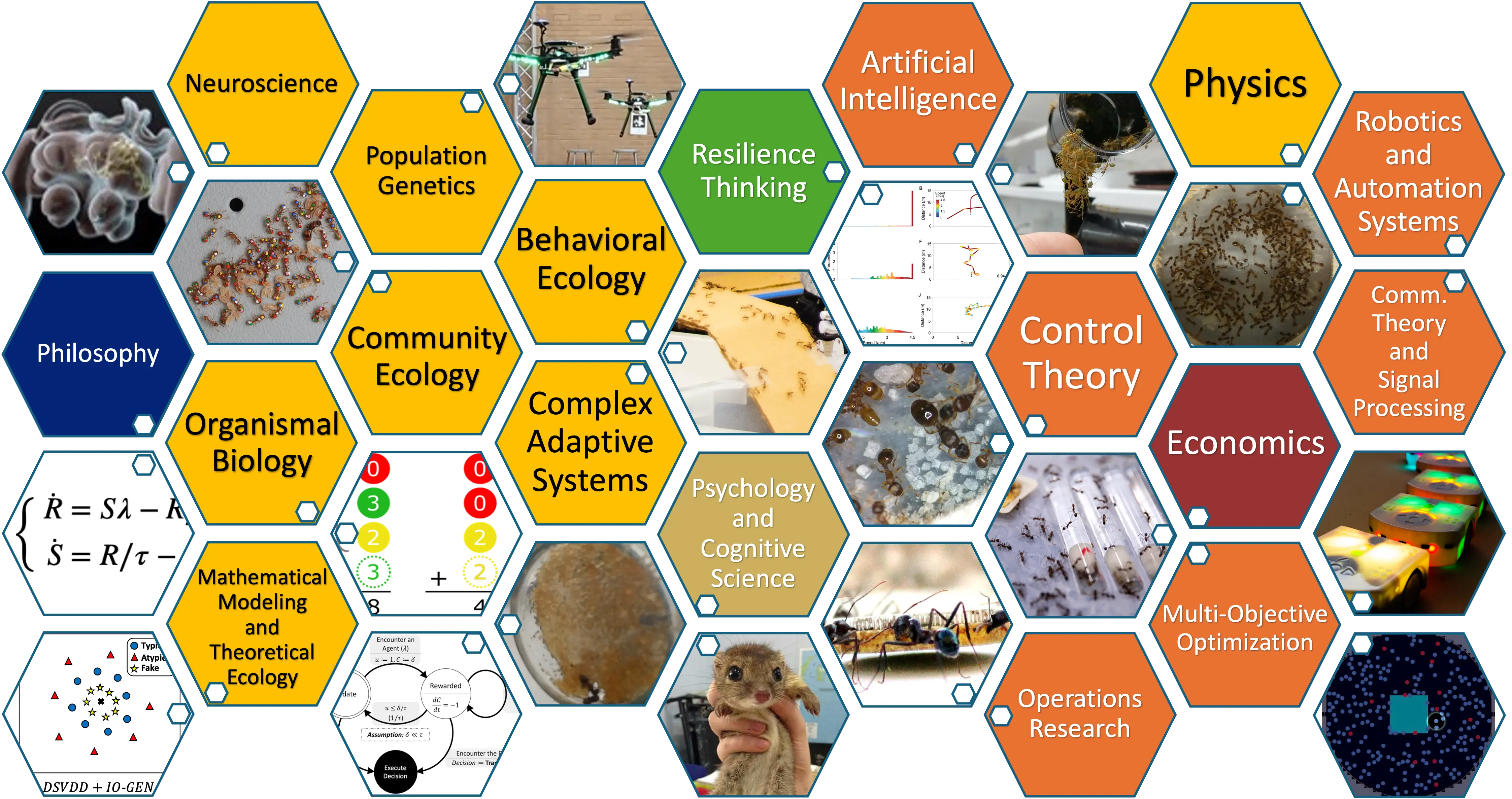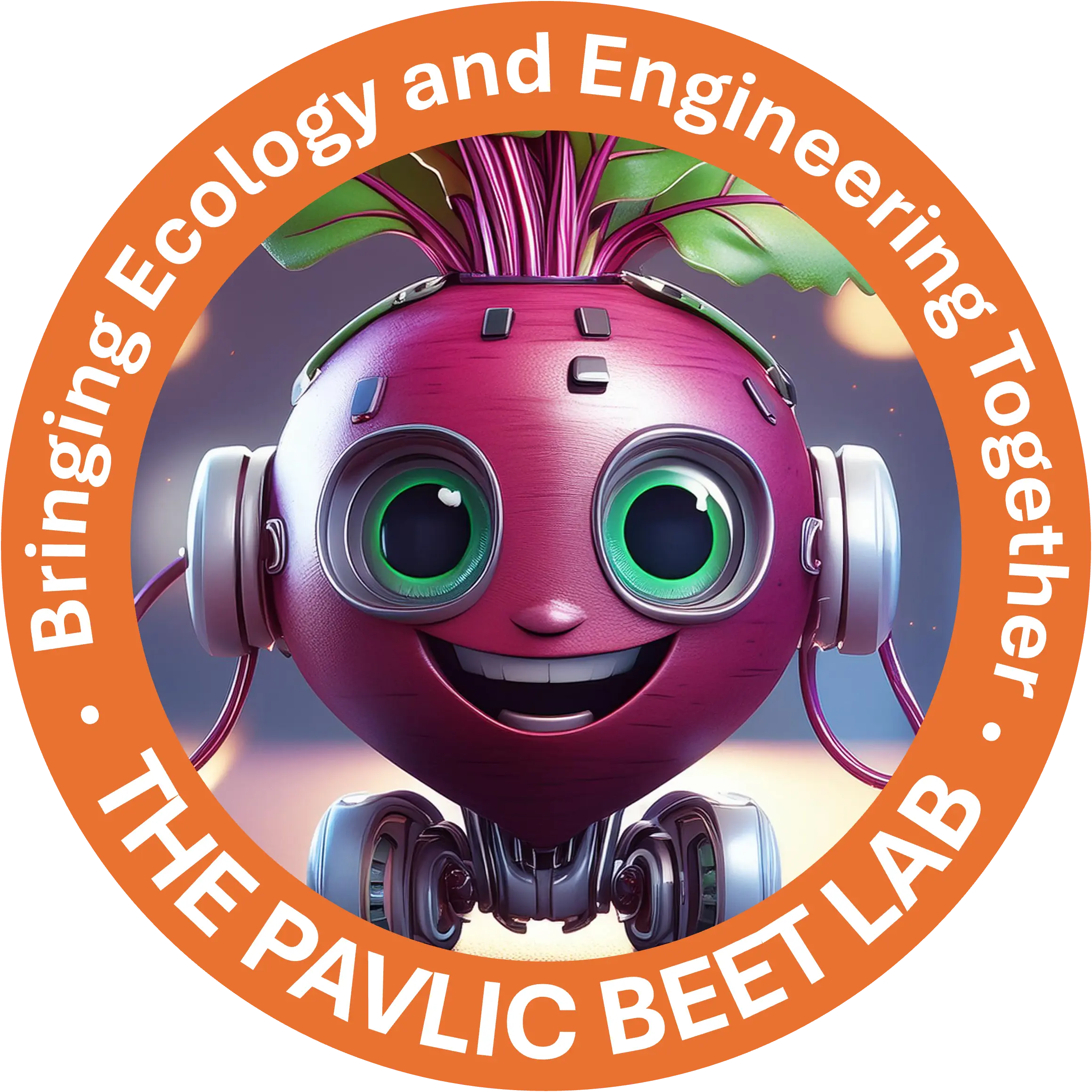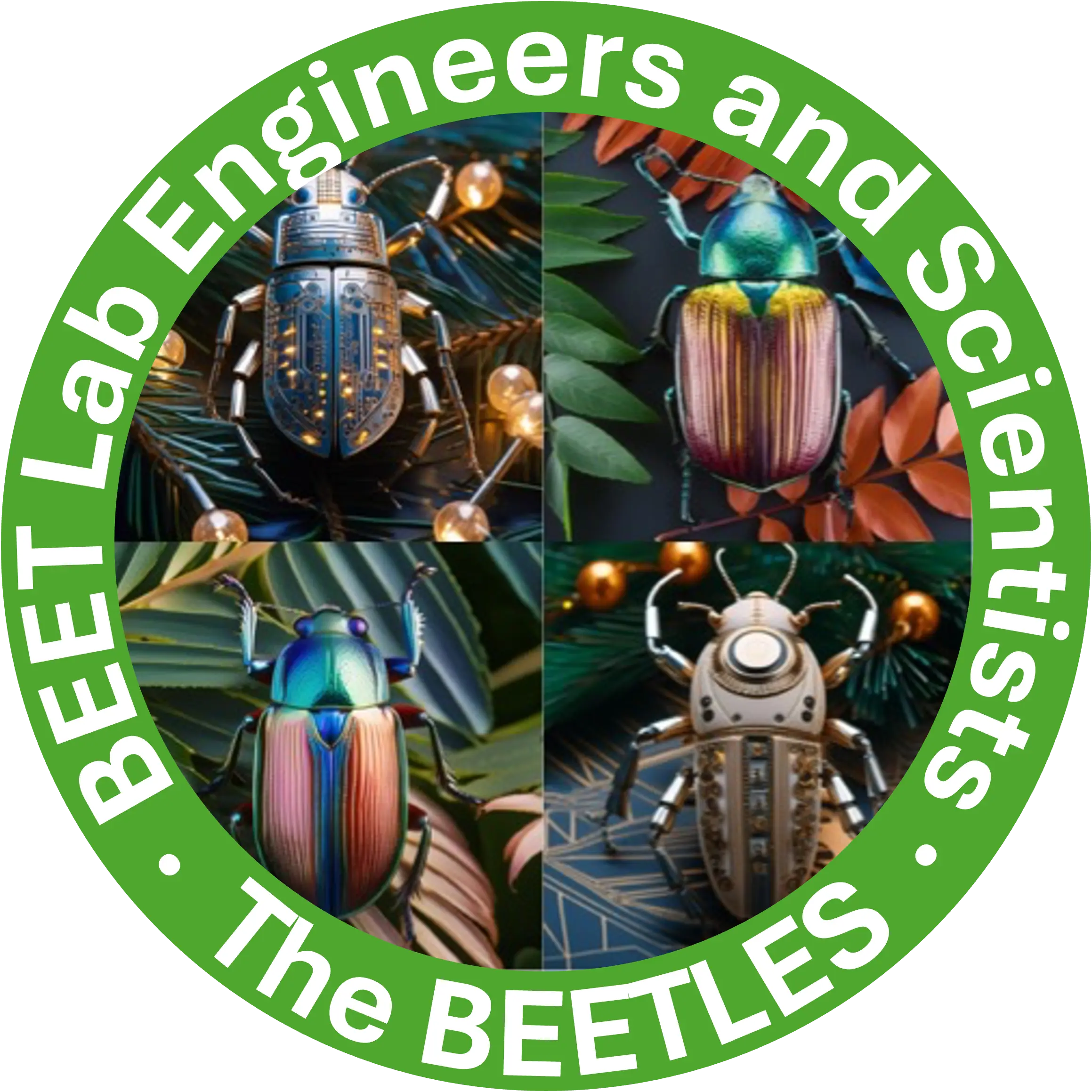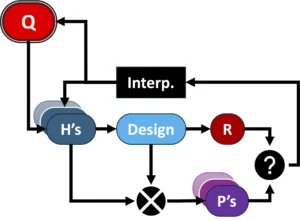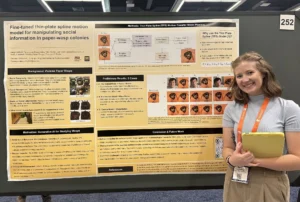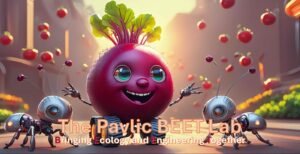
The Pavlic BEET Lab
Bringing Ecology and Engineering Together
In our lab, we recognize that there are much deeper connections between ecological and engineering thinking than traditional disciplinary silos formally represent, and we believe that both areas will benefit from bringing engineering and ecology closer together.
Although suites of technologies are now frequently referred to as “ecosystems”, designers, engineers, and computer scientists are not currently trained in ecosystem thinking. Engineers are trained to design general-purpose systems that are robust to environmental variation whereas ecologists, in contrast, specialize in complex interconnections where component function (or its limits) strongly depends on community composition and environmental context. As intelligent engineered systems are asked to perform in highly constrained and uncertain environments, engineering could benefit from ecological perspectives. Furthermore, the mathematical and computational tools that currently enable wireless communications, robotics and automation, power systems, and the Internet have been developed independently from biology, and there is tremendous potential for those engineering methods to provide novel perspectives for future ecological thinking.
The BEET lab considers a future where engineering and ecology are two sides of the same world view. In this vision, ecological frameworks are readily incorporated into strategic design of technology, and sophisticated mathematical and computational tools originally built for design problems influence the shape of hypotheses for how and why natural systems work the way they do. Although building concrete tools to enable biological analysis can certainly be a part of this vision, what lies at the core of this vision is the assumption that ecology and engineering should be overlapping schools of thought that have only avoided much interaction with each other due to unfortunate historical contingencies in academic organizational structure.
For more information, read about our interdisciplinary research vision, some of our research projects, related publications, and our lab members, alumni, and collaborators.
